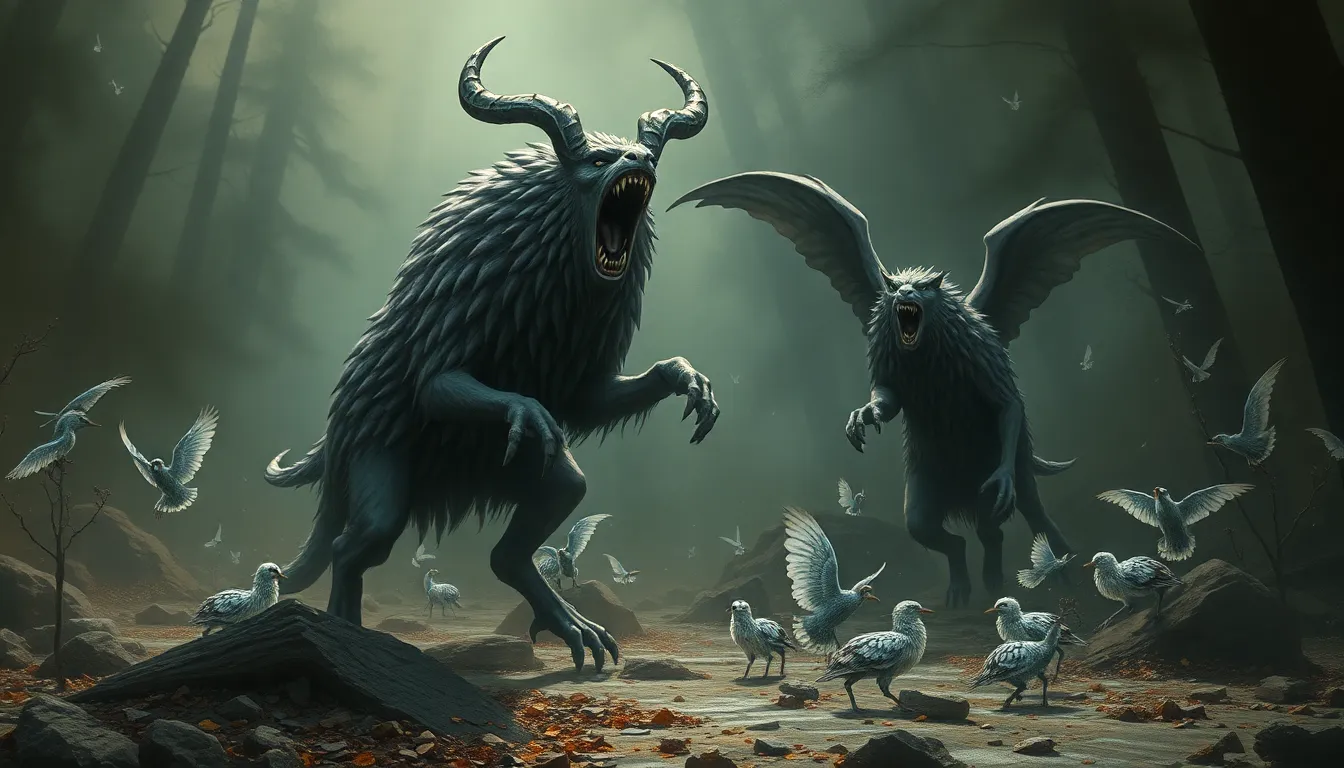The Representation of Women in Roman Mythology
Throughout Roman mythology, women play significant roles as goddesses, heroines, and mythological figures. Their representations offer insights into societal norms, gender roles, and belief systems of the ancient Romans. Let’s explore the diverse portrayal of women in Roman mythology.
Goddesses of Roman Mythology
In Roman mythology, goddesses held immense power and were often associated with specific aspects of life, nature, and society. For example, Venus, the goddess of love and beauty, symbolized passion, desire, and fertility. Meanwhile, Minerva, the goddess of wisdom and strategic warfare, represented intelligence, courage, and skill. These goddesses exemplify varied strengths and qualities sought after and revered in Roman society.
Heroines and Mortal Women
Alongside goddesses, Roman mythology also depicts mortal women who showcased bravery, loyalty, and cunning. Characters like Camilla, a warrior princess skilled in archery and combat, and Lucretia, known for her virtue and tragic fate, exemplify the complexities and diverse roles women played in Roman myths. These heroines demonstrated valor and moral fortitude, shaping narratives of honor and resilience.
Mythological Figures and Female Archetypes
Furthermore, Roman mythology includes a range of female figures embodying archetypal roles such as mothers, sorceresses, and rulers. From Juno, the queen of the gods and protector of women, to Circe, the enchantress with magical abilities, these mythological figures showcase the multifaceted nature of femininity within Roman narratives. Their representations reflect societal views on power, authority, and the supernatural.
Legacy and Significance
The representations of women in Roman mythology offer insights into ancient Roman values, beliefs, and gender dynamics. They provide a rich tapestry of female agency, strength, and complexity, shaping cultural narratives and influencing art, literature, and societal perceptions. Exploring these varied portrayals enhances our understanding of both mythology and historical contexts, illuminating the enduring impact of women in Roman society.
FAQs about The Representation of Women in Roman Mythology
What roles did women play in Roman mythology?
Women in Roman mythology often embodied various roles such as goddesses, nymphs, or even mortal characters like queens and heroines. They were depicted as powerful beings influencing aspects of nature, war, love, and wisdom.
How were women portrayed in Roman myths?
Women in Roman mythology were portrayed with diverse characteristics – some were venerated for their wisdom and strategic prowess, while others were depicted as symbols of beauty, love, and fertility. However, they were also shown facing challenges and turmoil similar to mortal women.
Which Roman goddesses were highly revered?
Roman mythology featured notable goddesses like Juno, the queen of the gods and protector of women; Venus, associated with love and fertility; Minerva, goddess of wisdom and strategic warfare; and Diana, the goddess of the hunt and wild nature.
Did Roman mythology include mortal women as characters?
Yes, Roman mythology featured mortal women such as Lavinia, the heroine of the Aeneid; Lucretia, known for her tragic fate and role in Roman history; and Camilla, a warrior princess renowned for her skill in battle. These mortal women often exemplified virtues or faced tragic destinies.




